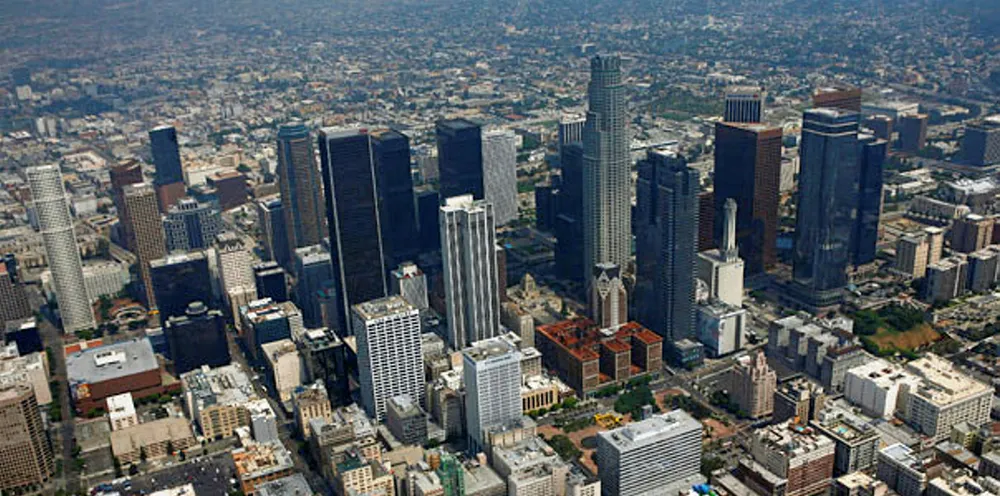World-first green hydrogen and storage plan to help turn Los Angeles 100%-renewable
Gas turbines to transition to run on renewable-produced hydrogen stored in underground caverns the size of the Empire State Building

Gas turbines to transition to run on renewable-produced hydrogen stored in underground caverns the size of the Empire State Building
